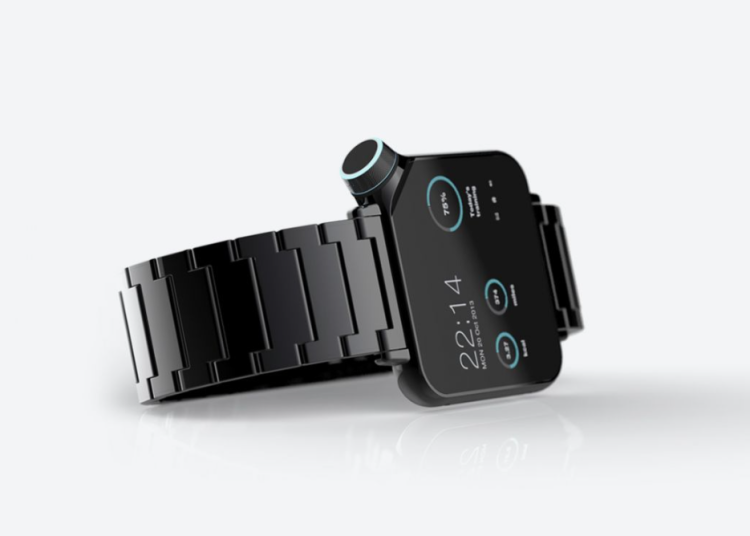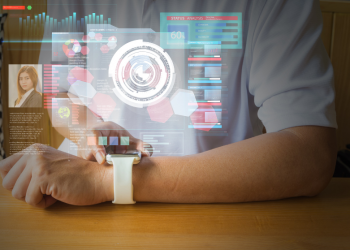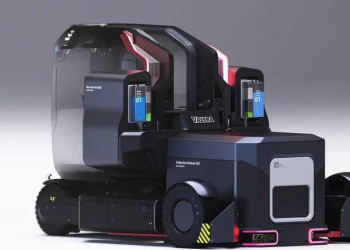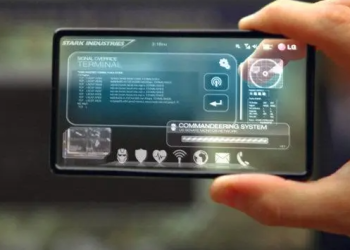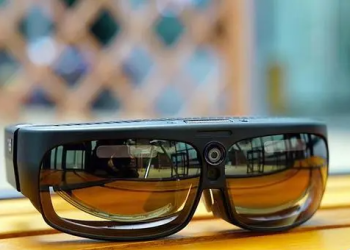Smartphones have become indispensable tools in our daily lives, serving as communication devices, personal assistants, and entertainment hubs. However, like any electronic device, smartphones are prone to various issues that can disrupt their functionality. In this guide, we’ll explore common smartphone problems and provide DIY troubleshooting tips to help users resolve them effectively.
Basic Troubleshooting Steps
When encountering issues with your smartphone, it’s essential to start with basic troubleshooting steps. This includes restarting the device to refresh its system and checking for software updates to ensure you’re running the latest version of the operating system and apps.
Battery Related Issues
Battery-related issues are among the most common problems smartphone users face. These can include quick battery drainage, where the battery depletes rapidly even with minimal usage, as well as issues with the device not charging properly or at all.
Network and Connectivity Problems
Network and connectivity problems can manifest as weak signal strength, no network connection, or issues with Bluetooth and Wi-Fi connectivity. These issues can disrupt communication and access to online services, making them particularly frustrating for users.
Performance and Speed Issues
Slow performance and speed issues can make using your smartphone feel sluggish and unresponsive. This can include delays in opening apps, navigating menus, and multitasking, as well as apps crashing or freezing unexpectedly.
Display and Touchscreen Problems
Display and touchscreen problems can range from screen flickering or not responding to touch to issues with touchscreen sensitivity. These issues can affect the usability of your smartphone and make it difficult to perform essential tasks.
Camera and Audio Malfunctions
Camera and audio malfunctions can affect the quality of photos and videos taken with your smartphone, as well as the sound quality during calls and media playback. This can include blurry or distorted camera images and no sound or distorted audio during calls or media playback.
Storage and Memory Errors
Storage and memory errors can occur when your smartphone runs out of available storage space or encounters issues with recognizing memory cards. This can lead to performance issues and prevent you from saving new files or installing apps.
Overheating and Device Temperature
Overheating and device temperature issues can occur during normal usage or charging, leading to discomfort and potential damage to your smartphone. It’s essential to address overheating issues promptly to prevent long-term damage to the device.
Physical Damage and Hardware Problems
Physical damage and hardware problems, such as a cracked screen or broken casing, speaker or microphone not working, can significantly impact the usability of your smartphone. These issues may require professional repair services to resolve effectively.
Software Glitches and System Errors
Software glitches and system errors can occur due to bugs or compatibility issues with apps and the operating system. This can manifest as app crashes, software glitches, and the device freezing or restarting unexpectedly.
Factory Reset and Data Backup
If troubleshooting steps fail to resolve the issue, performing a factory reset may be necessary to restore your smartphone to its original state. However, it’s essential to back up your data beforehand to prevent data loss.
Seeking Professional Help
If DIY troubleshooting efforts are unsuccessful, it may be time to seek professional help. This could involve contacting the manufacturer for support or taking your device to a reputable repair center for diagnosis and repair.
Preventive Maintenance Tips
To prevent future issues with your smartphone, consider implementing preventive maintenance measures such as regularly installing software updates and security patches, using protective cases and screen protectors, and avoiding exposure to extreme temperatures and moisture.
Conclusion
In conclusion, troubleshooting common issues with smartphones requires a systematic approach and a combination of DIY techniques and professional assistance. By following the tips outlined in this guide, users can effectively diagnose and resolve common smartphone problems, ensuring optimal performance and longevity for their devices.

FAQs After The Conclusion
1. How can I troubleshoot a smartphone that won’t turn on?
If your smartphone won’t turn on, try charging the device for at least 30 minutes, then attempt to power it on again. If it still doesn’t turn on, try a different charging cable and power adapter, and if all else fails, contact the manufacturer for assistance.
2. What should I do if my smartphone’s touchscreen is unresponsive?
If your smartphone’s touchscreen is unresponsive, try restarting the device first. If that doesn’t resolve the issue, perform a soft reset by removing the battery (if possible) or holding down the power button for at least 10 seconds. If the problem persists, seek professional assistance.
3. How can I improve battery life on my smartphone?
To improve battery life on your smartphone, try reducing screen brightness, disabling unnecessary features and background apps, and enabling power-saving mode. Additionally, consider replacing the battery if it no longer holds a charge effectively.
4. Why is my smartphone overheating?
Smartphones can overheat due to prolonged usage, intensive tasks such as gaming or streaming, exposure to high temperatures, or a malfunctioning battery or hardware component. Try minimizing usage during hot weather and avoiding resource-intensive tasks to prevent overheating.
5. How often should I update software on my smartphone?
It’s recommended to update software on your smartphone as soon as updates become available. Software updates often include bug fixes, security patches, and performance improvements that can enhance the stability and functionality of your device.
6. Can I troubleshoot water damage on my smartphone?
If your smartphone has been exposed to water, immediately power it off, remove the battery (if possible), and dry it thoroughly with a soft cloth. Avoid using heat sources to dry the device, as this can cause further damage. If the device doesn’t function properly after drying, seek professional assistance.
7. What should I do if my smartphone’s camera is blurry?
If your smartphone’s camera is blurry, try cleaning the lens with a microfiber cloth to remove any smudges or dirt. If the issue persists, check for software updates and ensure the camera app is set to the correct focus mode. If the problem continues, seek professional assistance.
8. How can I protect my smartphone from physical damage?
To protect your smartphone from physical damage, consider using a protective case and screen protector. These accessories can help absorb impact and prevent scratches, cracks, and other damage to your device’s screen and casing.


